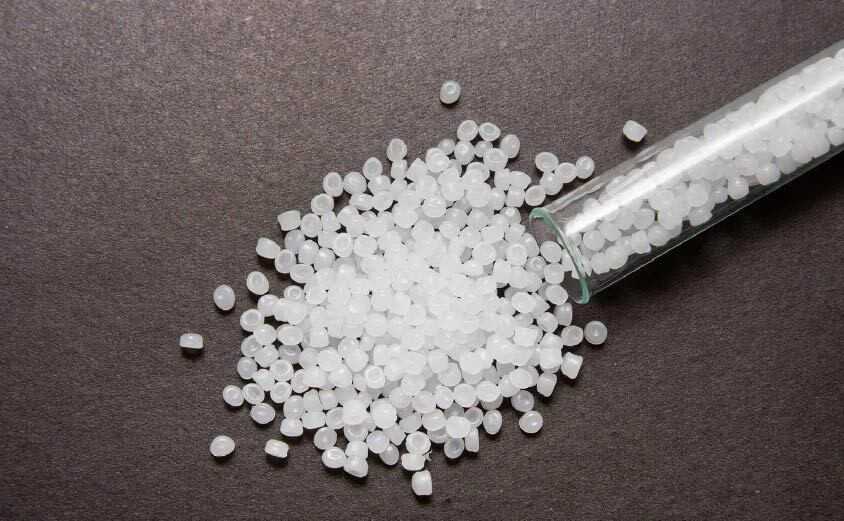Brazil Polyethylene Market Expansion: Leveraging Bio-PE and Circular Economy Models

“The Brazil polyethylene market reveals numerous untapped opportunities that extend beyond its current growth trajectory, presenting potential advantages for both domestic producers and international investors seeking to leverage emerging demand centers, technological innovations, and sustainability initiatives. A significant opportunity exists within the country's underdeveloped recycling infrastructure. Despite Brazil generating millions of tons of plastic waste annually, only approximately 12–14% of this material is successfully recycled, with even lower rates for specific polyethylene grades such as LDPE and LLDPE.
Expanding mechanical and chemical recycling capacities, bolstered by advanced sorting technologies and consumer awareness initiatives, could address environmental challenges while establishing a stable secondary supply of recycled polyethylene (rPE). Such a shift would position Brazil as a leader in circular plastics within Latin America, aligning with the rising demand from global consumer brands committed to adopting higher recycled content in packaging. Early investment in this sector could allow companies to capture substantial value through alignment with ESG targets and access to premium export markets.”
Brazil polyethylene market recorded a production of 9.5 million tons in 2023 and is estimated to reach a production volume of 11.36 million tons by 2030.
Sustainability is another area with untapped potential where the Brazil polyethylene market holds a distinct advantage, particularly in bio-based polyethylene. Although Braskem has led the way with sugarcane-based bio-PE, the production scale remains limited compared to the overall polyethylene consumption in the country. Expanding bio-PE production capabilities, encouraging new market entrants, and developing partnerships with global packaging, retail, and consumer goods firms could enable Brazil to establish a dominant position in renewable polyethylene. Additionally, integrating bio-PE production with carbon capture technologies and renewable energy sources could further decrease lifecycle emissions, enhancing Brazil's appeal as a provider of low-carbon materials. As Europe and North America tighten regulations surrounding single-use plastics, the demand for certified renewable polyethylene is expected to surge, creating lucrative export channels for Brazilian manufacturers that expand capacity promptly.
The infrastructure sector also represents an untapped growth frontier for the Brazil polyethylene market, particularly in sanitation and water distribution. Official data indicates that millions of Brazilians lack access to proper sewage and clean water. HDPE pipes and geomembranes are cost-effective, durable, and corrosion-resistant, making them ideal for large-scale sanitation projects. With the Brazilian government promoting public-private partnerships and foreign investment in water infrastructure, demand for HDPE pipes is projected to rise significantly. In addition to basic sanitation, polyethylene-based materials could play a crucial role in renewable energy projects, such as HDPE liners for hydropower and solar facilities, offering suppliers an opportunity to diversify their portfolios. The potential here lies not only in addressing immediate infrastructure demands but also in aligning polyethylene solutions with Brazil's broader developmental goals.
Another emerging opportunity in the Brazil polyethylene market involves advancing packaging technologies. While flexible and rigid polyethylene packaging dominates the consumer goods sector, there remains substantial room for innovation in areas such as barrier films, multilayer laminates, and smart packaging solutions. The growth of e-commerce in Brazil, with online retail sales increasing consistently, has led to a surge in demand for protective, durable, and sustainable packaging solutions. Polyethylene grades specifically designed for e-commerce packaging, particularly those containing recycled or bio-based content, remain largely unexploited. Companies that innovate within this segment stand to meet domestic needs while establishing benchmarks for other Latin American markets, ultimately positioning Brazil as a hub for packaging innovation.
Geographic expansion also presents untapped growth opportunities for the Brazil polyethylene market, particularly in undeveloped regions. Companies that identify and target these areas can position themselves advantageously in a rapidly evolving market landscape.